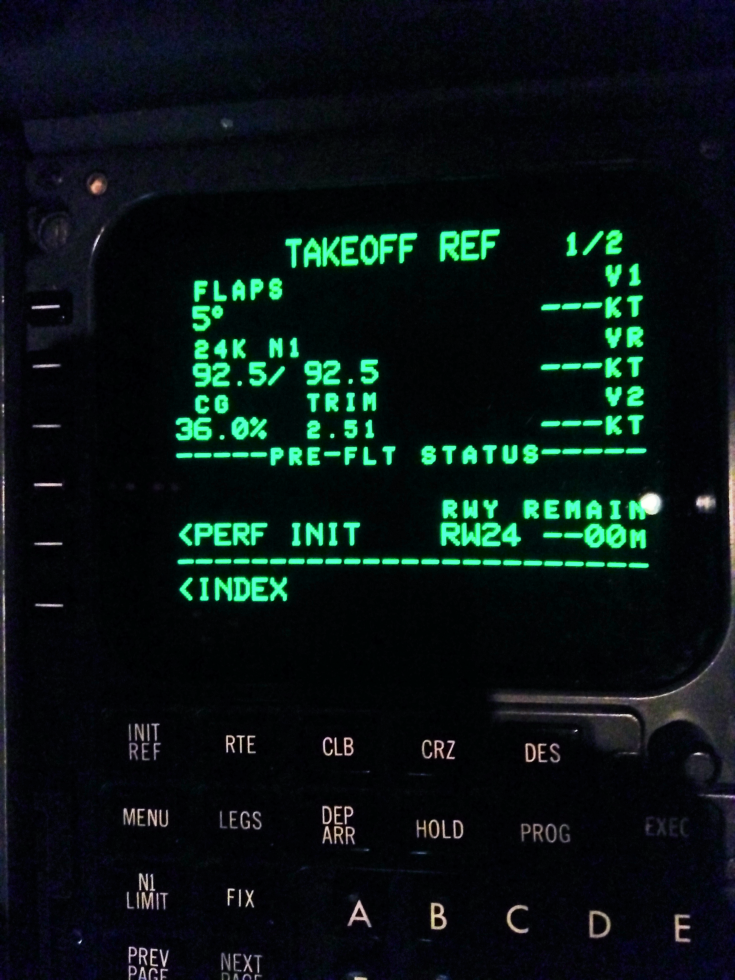
Takeoff with erroneous takeoff data, Boeing 737-800, 10 June 2018
The pilots of the Boeing 737 calculated their take-off speeds and the necessary engine power on the basis of the assumption that they would take off from Runway 09 at Intersection N5. The take-off position was subsequently changed to Intersection N4, reducing the available take-off distance, but the data for the performance calculations were not adjusted. The Boeing 737 then took off from Runway 09 at Intersection N4. The aircraft was rotated at the calculated rotation speed and left the ground only just before the end of the runway.
Preventing starts with incorrect data must currently be sought in operational solutions
In this investigation, it turned out that operational pressure caused the crew to choose for an unplanned, last minute change of the runway intersection. As other cases of this operator and multiple industry occurrences show, it was not an isolated event, nor a new phenomenon.
Last minute changes, time pressure, rushing and failure to cross-check are the factors most frequently contributing to takeoff performance incidents. Despite continuous developments, there are currently no technical solutions that completely prevent erroneous takeoffs. Therefore prevention must currently be sought in operational solutions. To allow the crew more time to independently check and enter the changed data in case of a last minute change, it is advisable to stop the aircraft to perform these actions.
Recommendations
Taking off with erroneous takeoff data is frequently a result of operational pressure when last minute changes take place during taxiing. To allow the crew more time to independently check and enter the changed data, it is advisable to stop the aircraft to perform these actions. This stationary moment should be considered as one of the key practices against preventing erroneous takeoff data entry. As this investigation has shown, this is already included in the procedures of several airlines. It has also been found that flight crew usually hold on to a derated takeoff and do not select full thrust if there is a suspicion that the takeoff roll does not develop as expected.
In addition to previous recommendations, the Dutch Safety Board therefore makes the following recommendations:
To the European Union Aviation Safety Agency (EASA):
To recommend to operators and their flight crews to allow for a stationary moment when calculating, checking and entering takeoff performance data in case of last minute changes and implement this advice as recommended practice in guidance material, Safety Information Bulletin 2016-02R1 and other safety promotion material.
To KLM Royal Dutch Airlines:
To implement the following measures to prevent crews from taking off with incorrect takeoff data:
- Calculate, check and enter changed takeoff performance data only when the aircraft is stationary.
- Develop a procedure to have flight crews prepare an alternative plan in advance and encourage the use of full thrust for when last minute changes occur.
- Train flight crews to take action if they suspect that the takeoff roll does not develop as expected; make this training an element of the recurrent training program.
